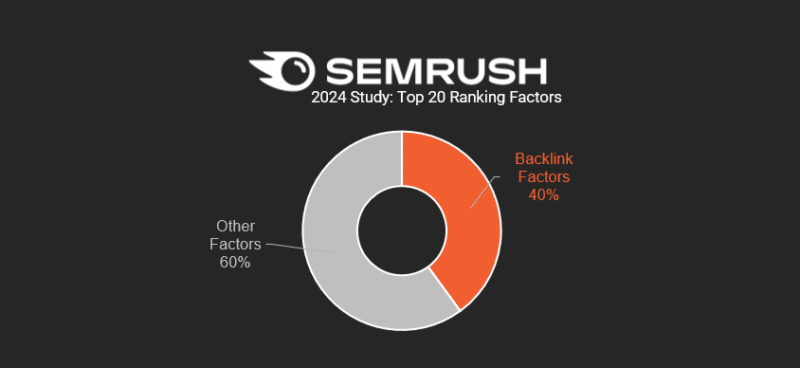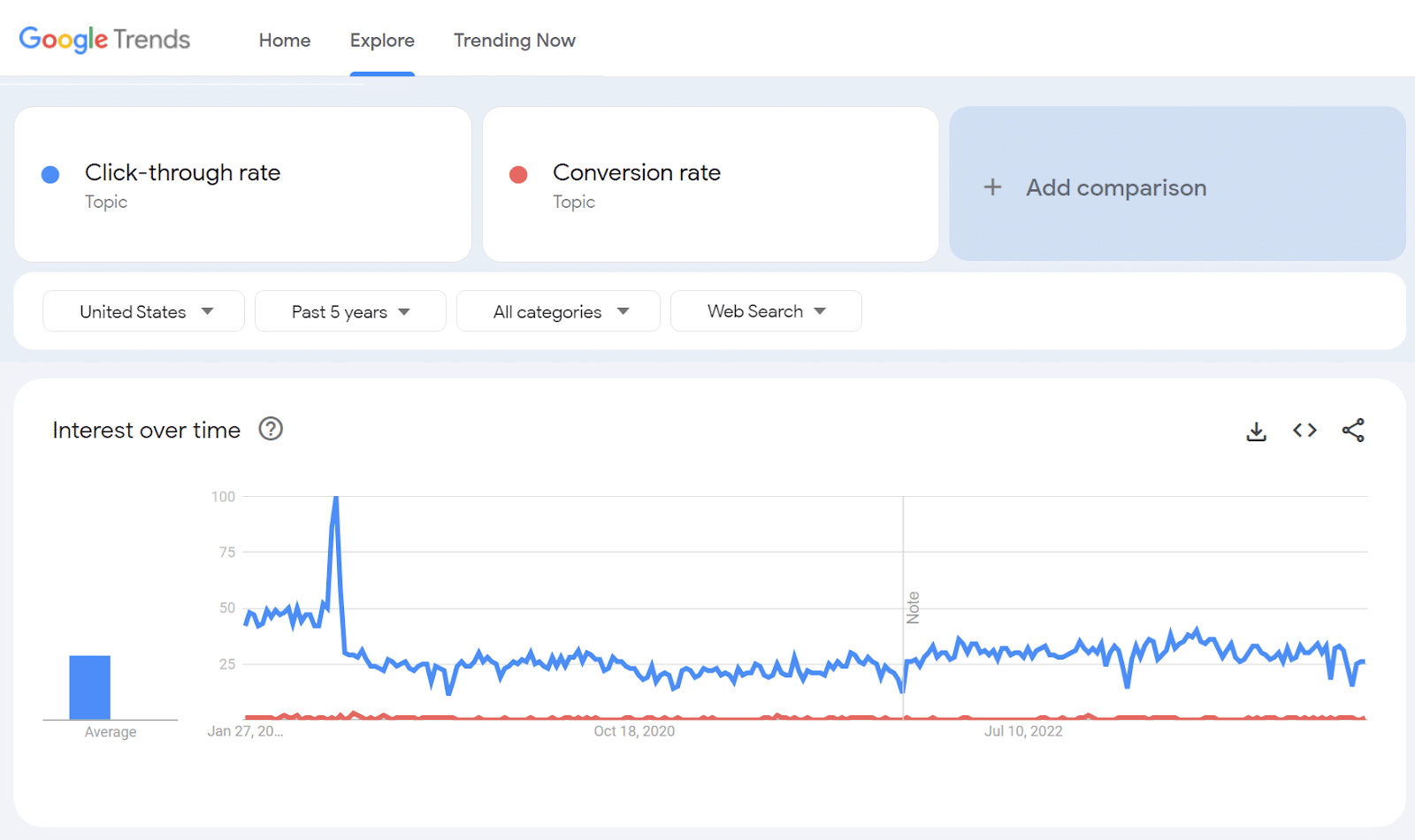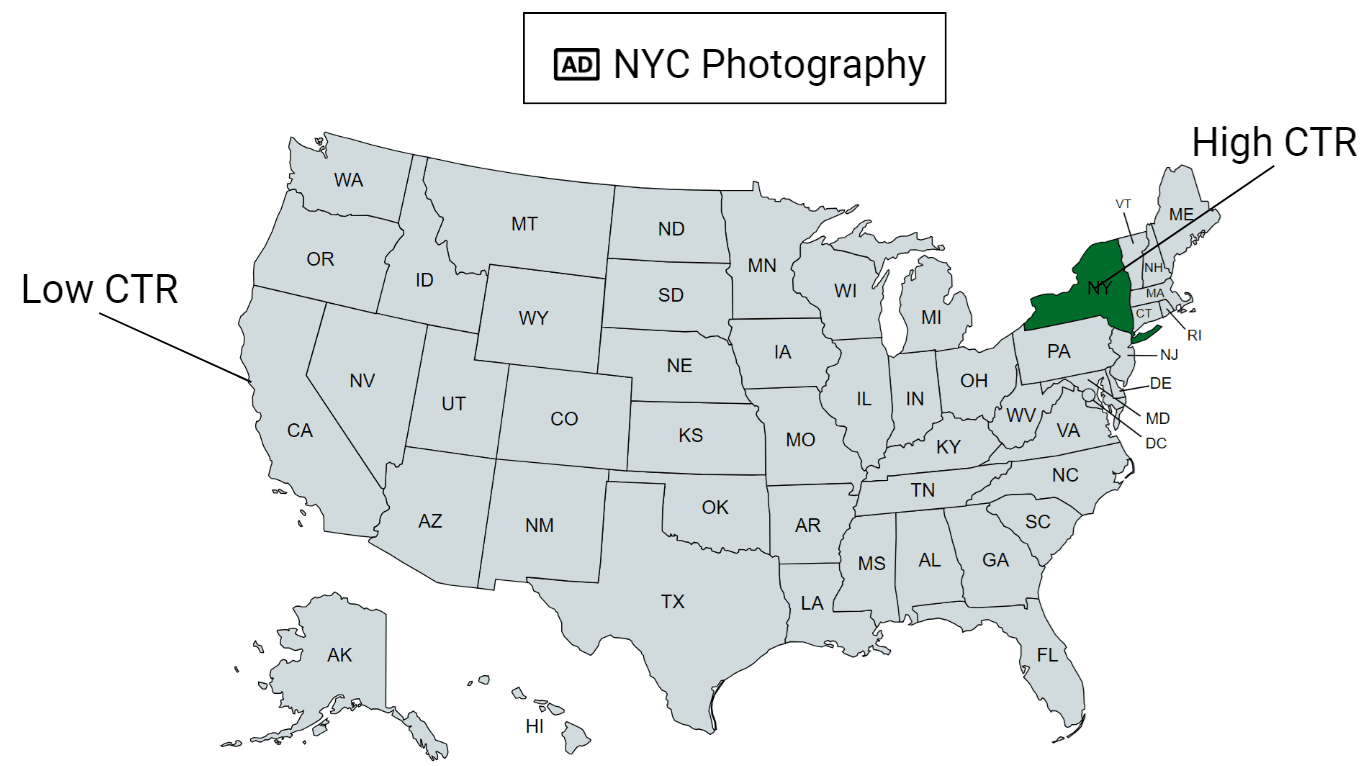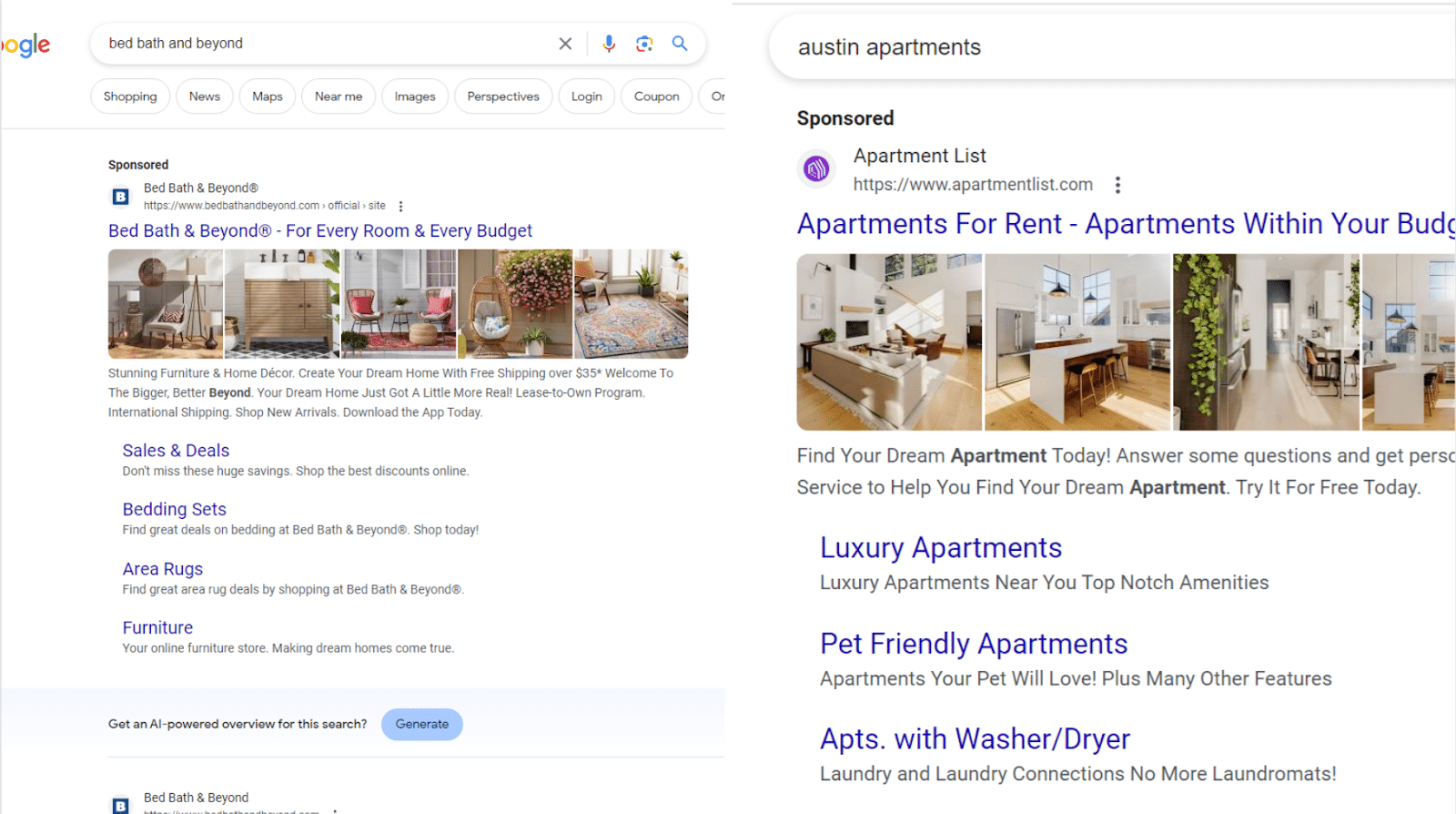We have entered the new “Gemini era” of Google – and the Search Generative Experience and AI will continue to be a huge part of Search, based on the latest earnings call of Alphabet, Google’s parent company.
Why we care. Despite what you may have heard on social media, SGE isn’t going away. While it’s still unclear whether Google will fully launch SGE as the default experience in 2024, Google continues to test and tweak it. CEO Sundar Pichai said he feels “very good” about the progress of SGE.
What we learned. Let’s look at the most interesting quotes from the Q4 Alphabet earnings call around SGE, Gemini, Ads and AI Search.
SGE. We are in the “earliest days” of SGE, Pichai said, which should be the clearest indication SGE isn’t going away anytime soon. Also, SGE was one the first things Pichai commented on.
Pichai also said that SGE is showing more links with SGE, which has been a huge and ongoing concern for publishers worried about losing valuable organic traffic. But whether those links are driving any traffic? We have no idea because Google has shared no data.
Here’s what Pichai said:
- “We are already experimenting with Gemini in Search, where it’s making our Search Generative Experience, or SGE, faster for users. We have seen a 40% reduction in latency in English in the U.S. I’m happy with what we are seeing in the earliest days of SGE.”
- “It’s available through Search Labs in seven languages. By applying generative AI to Search, we are able to serve a wider range of information needs and answer new types of questions, including those that benefit from multiple perspectives. People are finding it particularly useful for more complex questions, like comparisons or longer queries. It’s also helpful in areas where people are looking for deeper understanding, such as education or even gift ideas.”
- “We are improving satisfaction, including answers for more conversational and intricate queries. As I mentioned earlier, we are surfacing more links with SGE and linking to a wider range of sources on the results page, and we’ll continue to prioritize approaches that add value for our users and send valuable traffic to publishers.”
Later in the call, Pichai said he felt “very good about the progress” of SGE, as well as AI Search in general:
- “When we test Search Generative Experience, particularly against everything that’s out there. And we can see the progress we are making and how much users are liking the experience better. And so I think I feel very good about the progress. And our roadmap for ’24 is strong both on the Search and the underlying AI progress, including the model. So I’m pretty excited about what’s ahead of us in ’24.”
Gemini. Gemini 1.0, launched in December, ushered in the new “Gemini era” of Google, Pichai said. Gemini Ultra is “coming soon.” Google previously said the Ultra model will be used for highly complex tasks. It will be a paid model.
Pichai’s quotes:
- “We closed the year by launching the Gemini era, a new industry-leading series of models that will fuel the next generation of advances. Gemini is the first realization of the vision we had when we formed Google DeepMind, bringing together our two world-class research teams. It’s engineered to understand and combine text, images, audio, video, and code in a natively multi-modal way, and it can run on everything from mobile devices to data centers.”
- “Gemini gives us a great foundation. It’s already demonstrating state-of-the-art capabilities, and it’s only going to get better. Gemini Ultra is coming soon. The team is already working on the next versions and bringing it to our products.”
SGE and Ads. Google is continuing to experiment with ads native to SGE, but also indicated ads above or below SGE were also successful. Here’s what Philipp Schindler, Google’s senior vice president, chief business officer, said:
- “As we shared last quarter, ads will continue to play an important role in the new search experience and will continue to experiment with new formats native to SGE. SGE is creating new opportunities for us to improve commercial journeys for people by showing relevant ads alongside search results. We’ve also found that people are finding ads either above or below the AI-powered overview helpful as they provide useful options for people to take action and connect with businesses.”
- “Launches included a one-stop shop deals destination; new filters, like get it fast; and AI-generated gifting recommendations in SGE.”
Dig deeper. Google search revenue rises to $48 billion, total ad revenue up 11%
AI Search. Google’s future vision of Search seems to be going beyond just providing answers – where Google acts more as an “agent.” This seems to be more of a 10-year type of goal, and Search will be radically different than we’ve known it for more than two decades.
Google has previously said it wants to make Google more “ambiently” available (essentially meaning, Search is everything, everywhere, all at once). Here’s Pichai’s quote:
- “Clearly, as I said, as we are incorporating SGE in the product, the early feedback is positive.”
- “And we’ve been iterating on it, and it clearly works for certain type of queries very well. We are expanding the set of queries where it works very well. It definitely is answering a certain category of queries for the first time in a better way. So that gives us direction to proceed as well.”
- Overall, one of the things I think people underestimate about Search is the breadth of Search, the amount of queries we see constantly on a new day, which we haven’t seen before. And so the trick here is to deliver that high-quality experience across the breadth of what we see in Search. And over time, we think Assistant will be very complementary. And we will again use generative AI there, particularly with our most advanced models and Bard, and allows us to act more like an agent over time, if I were to think about the future and maybe go beyond answers and follow through for users even more.
- So that is the — directionally, what the opportunity set is. Obviously, a lot of execution ahead. But it’s an area where I think we have a deep sense of what to do. And all the work we have taken so far, the feedback has been super positive.
Pichai also discussed Circle to Search, Lens and Bard:
- Beyond SGE, we are continuing to use AI to make searching more accessible and intuitive. Circle to Search lets you search what you see on Android phones with a simple gesture without switching apps. It’s available starting this week on Pixel 8 and Pixel 8 Pro and the new Samsung Galaxy S24 series.
- And Lens now offers generative AI overviews. You can add text to a visual search to ask questions about anything you see and get AI-powered insights in the moment. In addition to Search, we are also seeing a lot of interest in our AI-powered solutions for advertisers that includes our new conversational experience that uses Gemini to accelerate the creation of search campaigns.
- Then there is Bard, our conversational AI tool that complements Search. It’s now powered by Gemini Pro, and it’s much more capable at things like understanding, summarizing, reasoning, coding, and planning. It’s now in over 40 languages and over 230 countries around the world. Looking ahead, we’ll be rolling out an even more advanced version for subscribers powered by Gemini Ultra.
Dig deeper.
- New Google SGE insights: Content formats, YMYL, product views
- 94% of Google SGE links are different from organic search results, study finds
- Google SGE impact by industry and emerging features
via Search Engine Land https://ift.tt/81JZWr4











